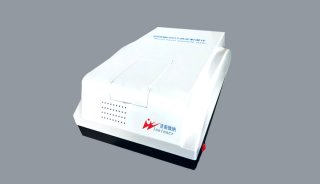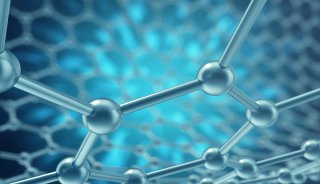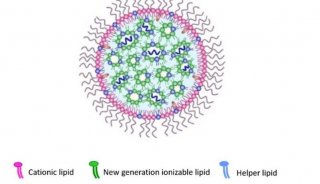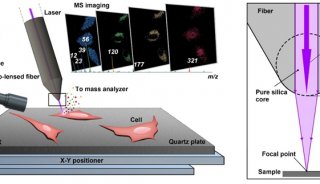Nature Materials:新方法使纳米颗粒成功进入细胞
当将条纹状的不同配合基以彼此相间的方式覆盖在纳米颗粒表面时,这种纳米颗粒就可以直接穿入细胞而不会在细胞上留下洞穴,从而不会引起细胞的死亡,新成果日前发表在在线出版的《自然—材料学》(Nature Materials)期刊上。在未来的治疗中,可以用这种方法将生物活性的分子送入细胞中。
细胞膜具有高度的防御能力,不会让外界物质轻易进入。尽管也有部分生物分子能穿越细胞膜进入细胞之中,但具有类似大小的人工合成分子是否也能穿越细胞呢?曾有一段时间,学术界在这个问题上有相当的争论。通常,人工合成分子只能进入细胞中一个有限制的特定小区域,而不是细胞质溶液中。对于像带正电荷的纳米颗粒来说,它们进入细胞时会在细胞膜上产生出一个小小的过渡性洞穴,即使这样也会使细胞膜破裂,导致细胞死亡。
Francesco Stellacci和同事发现,黄金纳米颗粒能够穿越细胞膜不会导致细胞膜破裂,而且,如果以彼此间隔的形式在这种纳米颗粒表面涂上负电荷配合基和疏水配合基,那么它们还能进入细胞液中。如果这些配合基在纳米颗粒表面是随意排列的,那么即使是涂上相同数量的配合基,这些颗粒也不能直接穿过细胞膜。(生物谷Bioon.com)
Nature Materials,7, 588 - 595,Ayush Verma,Francesco Stellacci
Surface-structure-regulated cell-membrane penetration by monolayer-protected nanoparticles
Ayush Verma1, Oktay Uzun1, Yuhua Hu2, Ying Hu1, Hee-Sun Han3, Nicki Watson4, Suelin Chen1, Darrell J. Irvine1,5 & Francesco Stellacci1
Nanoscale objects are typically internalized by cells into membrane-bounded endosomes and fail to access the cytosolic cell machinery. Whereas some biomacromolecules may penetrate or fuse with cell membranes without overt membrane disruption, no synthetic material of comparable size has shown this property yet. Cationic nano-objects pass through cell membranes by generating transient holes, a process associated with cytotoxicity. Studies aimed at generating cell-penetrating nanomaterials have focused on the effect of size, shape and composition. Here, we compare membrane penetration by two nanoparticle 'isomers' with similar composition (same hydrophobic content), one coated with subnanometre striations of alternating anionic and hydrophobic groups, and the other coated with the same moieties but in a random distribution. We show that the former particles penetrate the plasma membrane without bilayer disruption, whereas the latter are mostly trapped in endosomes. Our results offer a paradigm for analysing the fundamental problem of cell-membrane-penetrating bio- and macro-molecules.

























